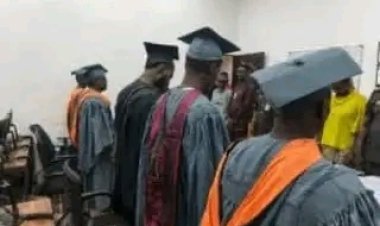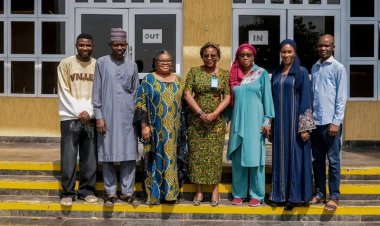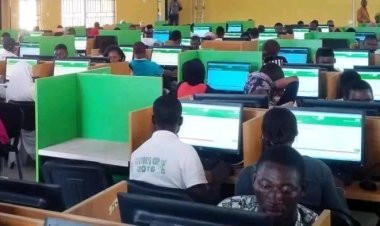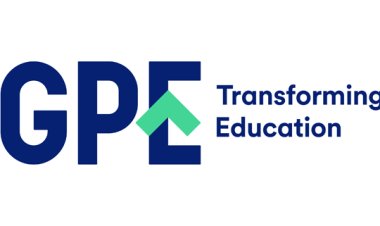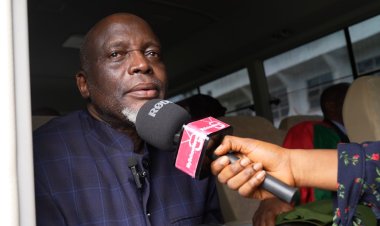20% of Oyo Out-of-School Children Returned to Classrooms in Four Years, Commissioner Reveals
The Oyo State government has reported a 20% increase in the number of out-of-school children returning to classrooms during Governor Seyi Makinde’s first tenure, as announced by Education Commissioner Salihu Adelabu.
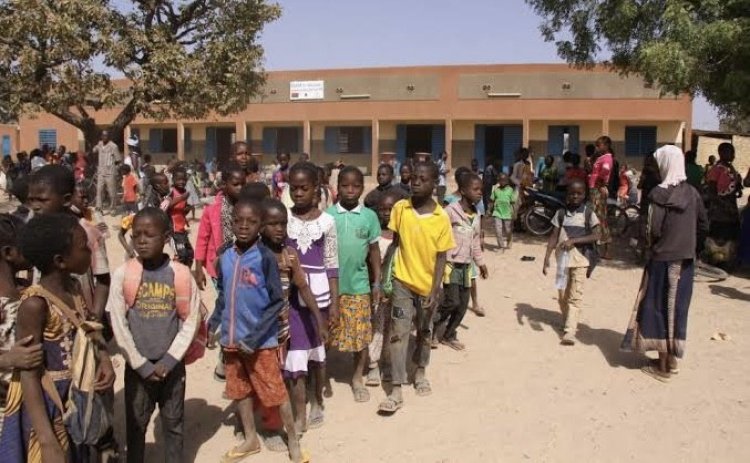
In a significant educational development, the Oyo State government has announced that it successfully returned 20% of out-of-school children back to classrooms during Governor Seyi Makinde’s first tenure. This achievement was revealed by the state Commissioner for Education, Science, and Technology, Salihu Adelabu, during an interview with journalists in Ibadan on Monday, September 30, 2024.
Despite the progress made, Mr. Adelabu acknowledged that challenges persist, particularly with the migration of children from other parts of the country, which complicates the government's efforts. "In the course of profiling them, they could not be traced to recognised parents or guardians, making it difficult to reintegrate them into schools," the commissioner noted. He added that these children often relocate frequently, making it harder to maintain consistency in the state's out-of-school children reduction programs.
While the state government continues to address these hurdles, Mr. Adelabu emphasized that indigenes of Oyo have largely complied with the government’s efforts. However, a prevalent negative mindset toward education, both from the children and their parents, remains an obstacle. He cited instances where children, in the presence of their mothers, openly expressed disinterest in attending school.
To combat these challenges, the Oyo State government is investing in educational infrastructure and facilities. Plans are underway to build model schools and recruit over 7,000 teachers for basic education and 7,500 teachers for secondary schools, along with 3,000 non-teaching staff. The commissioner assured that the student population across state schools is being properly managed, with no school exceeding 2,000 students.

 Chris Oyeoku Okafor
Chris Oyeoku Okafor 